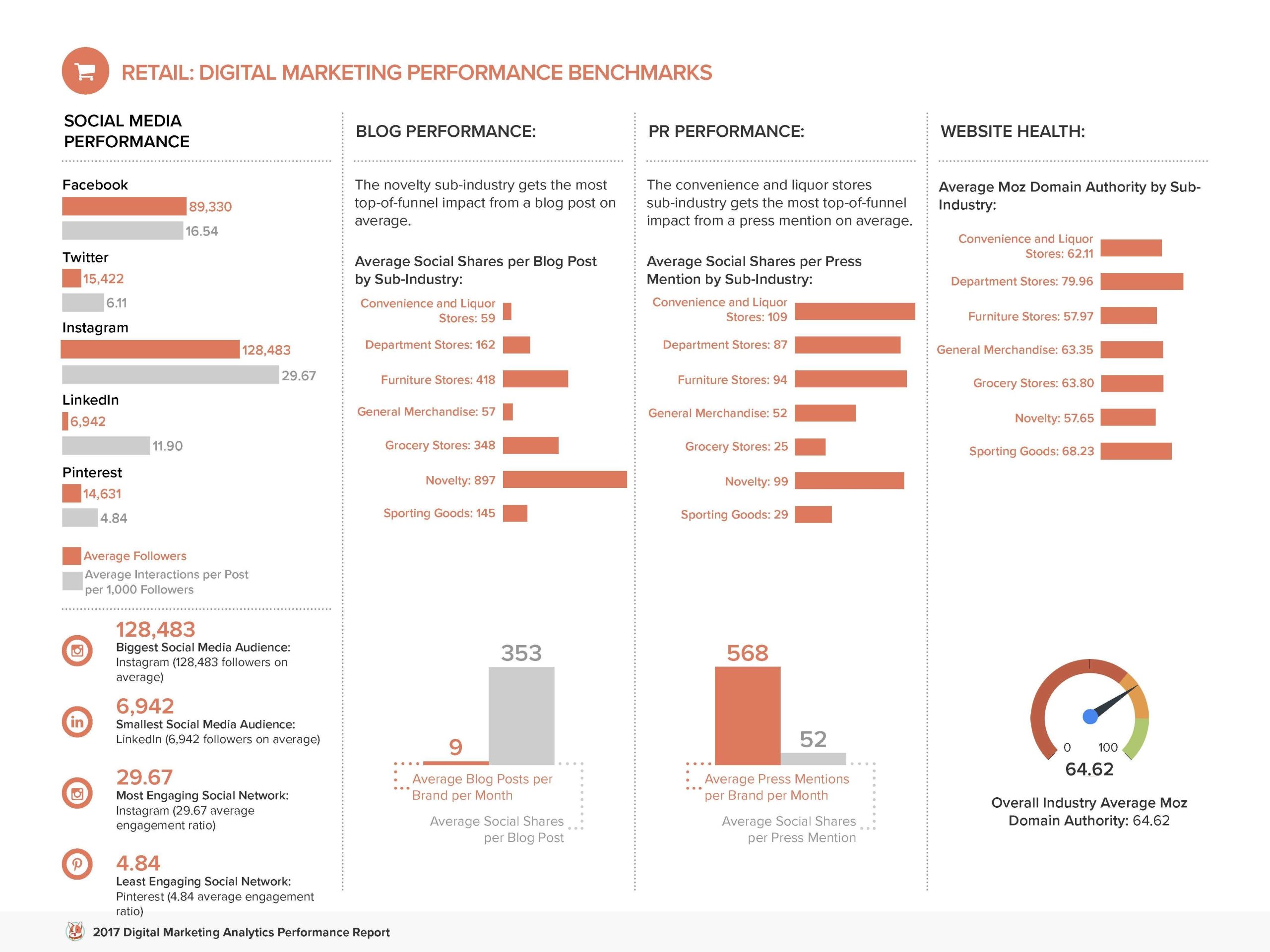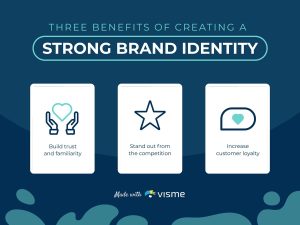
Marketing analytics and reporting play a crucial role in the success of any business. By gathering and analyzing data, companies are able to gain valuable insights into customer behavior, market trends, and the effectiveness of their marketing strategies. With the advancement of technology and the availability of sophisticated data analysis tools, businesses can now make data-driven decisions to maximize their marketing efforts.
The Importance of Marketing Analytics
One of the primary reasons why marketing analytics is important is that it helps businesses understand their customers better. By tracking and analyzing data, companies can identify their target audience, their preferences, and the channels through which they are most likely to engage with the brand.
Marketing analytics also allows businesses to optimize their marketing campaigns. By analyzing data on the performance of different marketing channels and strategies, companies can determine which ones are generating the highest return on investment (ROI) and allocate their resources accordingly.
Gathering and Analyzing Data
To effectively conduct marketing analytics and reporting, businesses need to have a system in place for gathering and analyzing data. One common method is to use web analytics tools, such as Google Analytics, which provide valuable insights into website traffic, user behavior, and conversion rates.
Email marketing platforms, social media analytics tools, and customer relationship management (CRM) systems are other sources of data that can be integrated to provide a comprehensive view of customer interactions. By integrating data from different platforms, businesses can gain a holistic understanding of their marketing efforts.
Setting Key Performance Indicators (KPIs)
Before diving into data analysis, it is crucial for businesses to define their key performance indicators (KPIs). KPIs are specific metrics that are used to measure the success of marketing campaigns. Examples of KPIs include conversion rates, customer acquisition costs, and customer lifetime value.
By setting clear KPIs, businesses can establish benchmarks and track progress towards their marketing goals. This allows them to identify areas for improvement and make informed decisions to optimize their marketing strategies.
Data Visualization and Reporting
Data analysis is only the first step in marketing analytics. The insights gained from data need to be communicated effectively to stakeholders within the organization. This is where data visualization and reporting come into play.
Data visualization tools, such as Tableau and Power BI, enable businesses to transform complex data into visually appealing charts, graphs, and dashboards. This makes it easier for stakeholders to interpret and understand the data, leading to more informed decision-making.
Regular reporting is essential to keep all stakeholders updated on the performance of marketing campaigns. It provides a snapshot of key metrics, highlights areas of improvement, and identifies emerging trends or patterns. Businesses can leverage reporting tools to automate the generation of reports and ensure they are easily accessible to the relevant teams and individuals.
The Benefits of Marketing Analytics and Reporting
Adopting marketing analytics and reporting brings several key benefits to businesses:
1. Improved ROI
By analyzing marketing data, businesses can identify the campaigns and channels that generate the highest ROI. This allows them to allocate their resources more effectively and eliminate tactics that are not delivering results. Ultimately, this leads to better cost-efficiency and improved return on investment.
2. Data-driven Decision-making
Rather than making decisions based on intuition or assumptions, marketing analytics enables businesses to make data-driven decisions. By relying on solid evidence and insights, companies are more likely to choose the most effective marketing strategies and tactics, reducing the risk of wasting resources on ineffective campaigns.
3. Personalized Marketing
With the availability of customer data, businesses can personalize their marketing efforts to target specific segments or individuals. By understanding customer preferences and behavior, companies can tailor their messaging and offers to resonate with their target audience, leading to higher engagement and conversion rates.
4. Competitive Advantage
Businesses that embrace marketing analytics and reporting gain a competitive edge in their respective industries. By continuously analyzing data and adapting their strategies, these companies can stay ahead of the curve, keeping up with market trends and customer expectations.
5. Continuous Improvement
Marketing analytics provides businesses with a feedback loop that allows for continuous improvement. By regularly analyzing data and monitoring performance, companies can identify areas for growth, optimize their marketing campaigns, and refine their strategies over time.
In Conclusion
Marketing analytics and reporting enable businesses to gain valuable insights into customer behavior, optimize their marketing efforts, and make data-driven decisions. By gathering and analyzing data from various sources, setting clear KPIs, and effectively visualizing and reporting the findings, companies can improve ROI, personalize marketing, gain a competitive advantage, and continuously improve their marketing strategies. As the world becomes increasingly digital, marketing analytics and reporting are essential for businesses to thrive in today’s competitive landscape.

